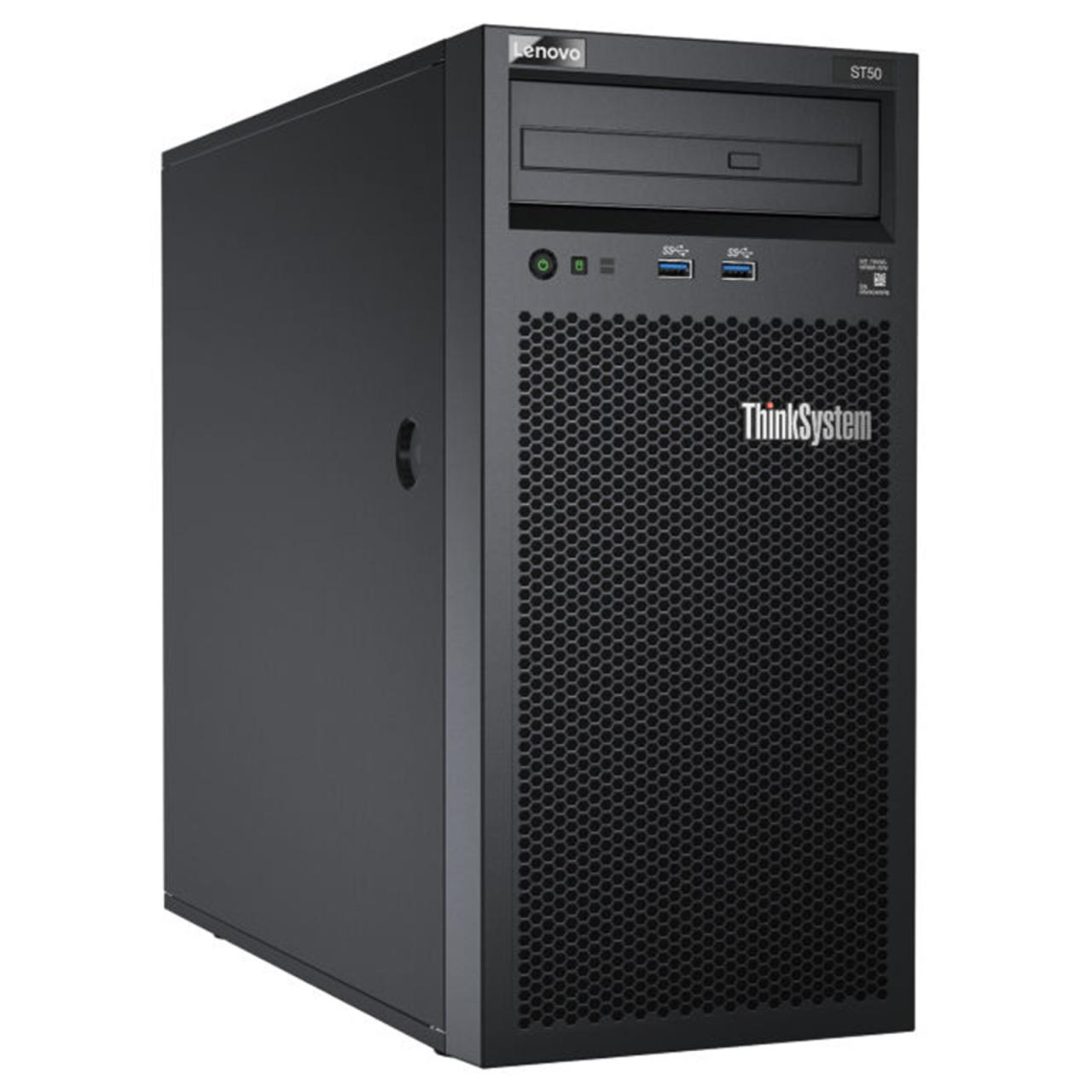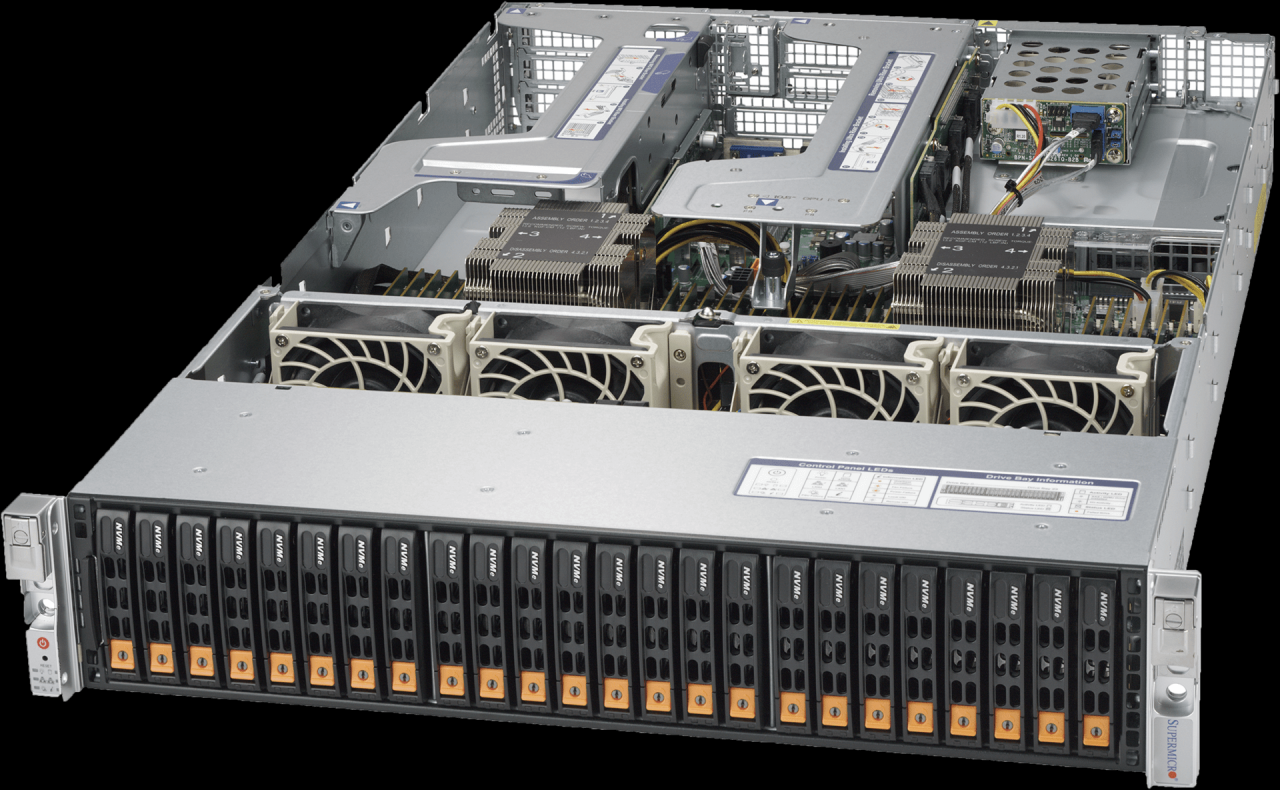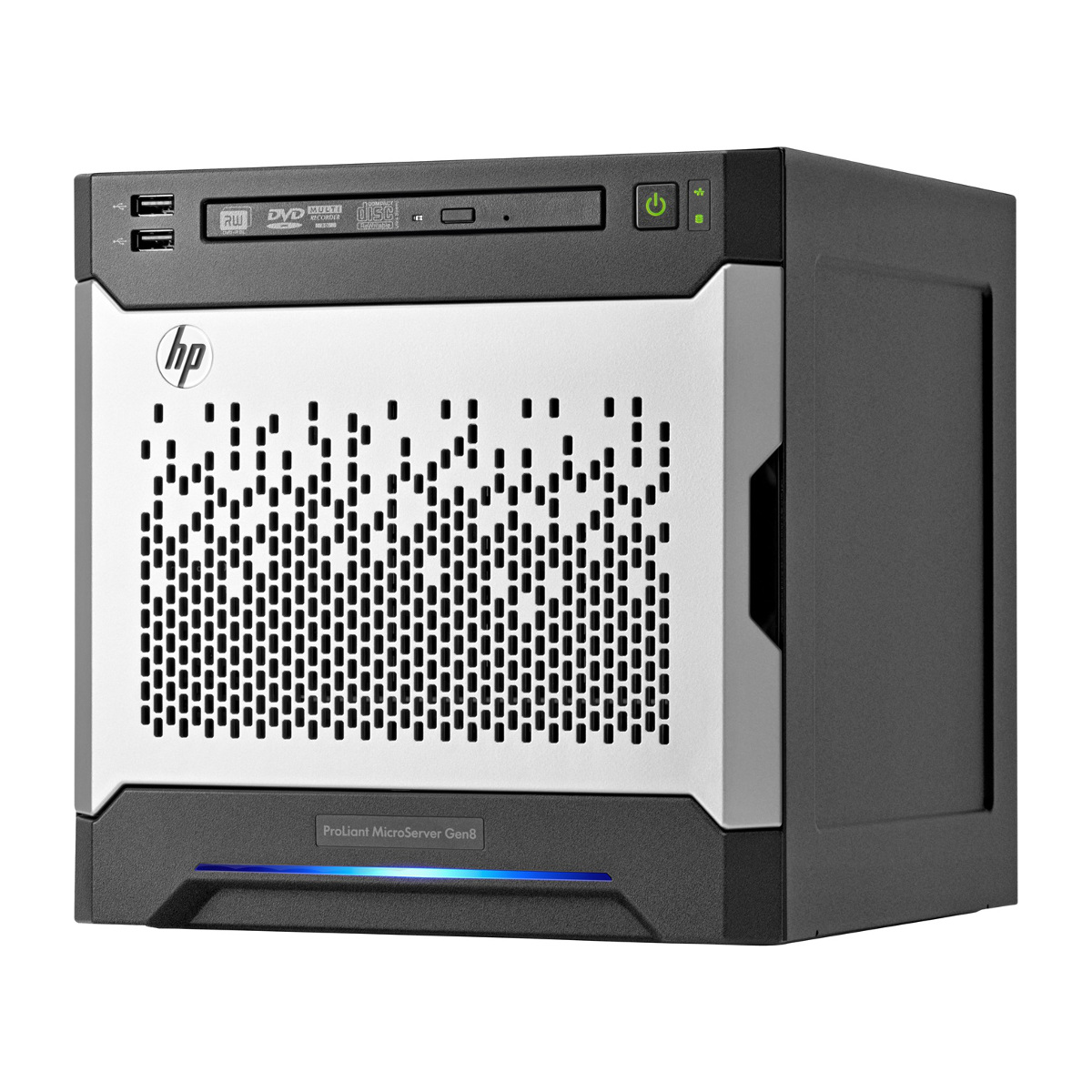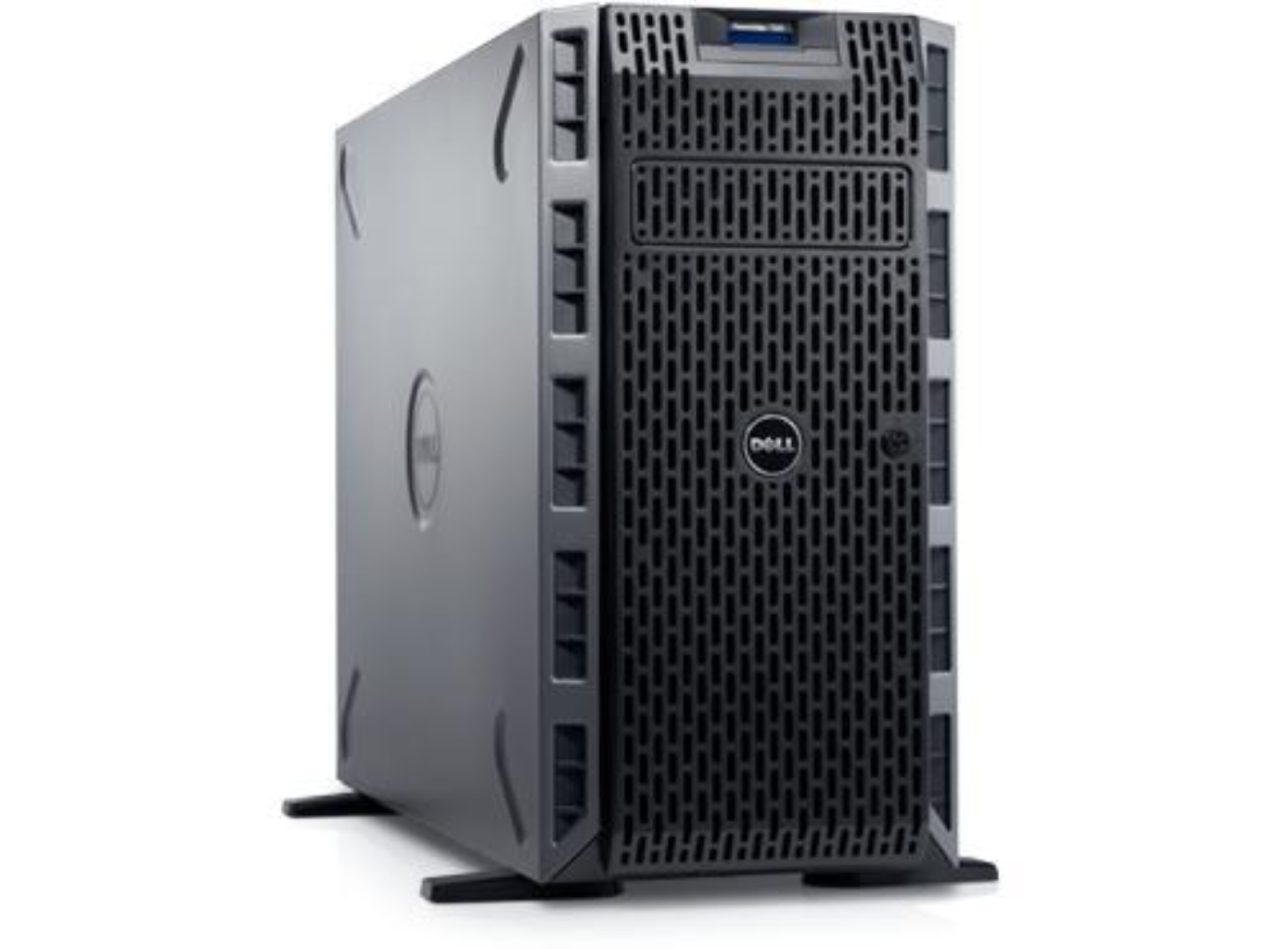Tower servers, a familiar sight in many IT environments, offer a robust and versatile solution for a wide range of computing needs. Unlike their rack-mounted counterparts, tower servers stand alone, occupying a dedicated space within a room or office. This design provides flexibility and accessibility, making them ideal for small businesses, home offices, and specific applications requiring independent operation.
From web hosting and file sharing to data storage and software development, tower servers play a vital role in modern computing. Their architecture, comprised of essential components like processors, memory, storage, and network interfaces, enables them to handle demanding tasks with efficiency and reliability.
Tower Server Advantages
Tower servers offer a compelling alternative to rack servers, especially for small and medium-sized businesses (SMBs) and individuals with specific needs. They provide a balance of performance, affordability, and ease of management, making them a popular choice for various applications.
Comparison with Rack Servers
Tower servers are often compared to rack servers, and the choice between the two depends on factors such as space constraints, power requirements, and scalability needs. While rack servers excel in data centers and large-scale deployments, tower servers offer advantages in specific scenarios.
| Advantage | Explanation |
|---|---|
| Cost-Effectiveness | Tower servers generally have a lower initial purchase cost compared to rack servers, making them a more budget-friendly option for businesses with limited capital. |
| Space Efficiency | Tower servers are designed to be compact and fit on a desk or under a table, making them ideal for smaller offices or home-based setups where space is limited. |
| Ease of Access and Maintenance | The components of a tower server are readily accessible, simplifying troubleshooting, upgrades, and maintenance tasks. |
| Noise Level | Tower servers typically generate less noise compared to rack servers, making them suitable for environments where noise levels are a concern. |
Tower Server Disadvantages
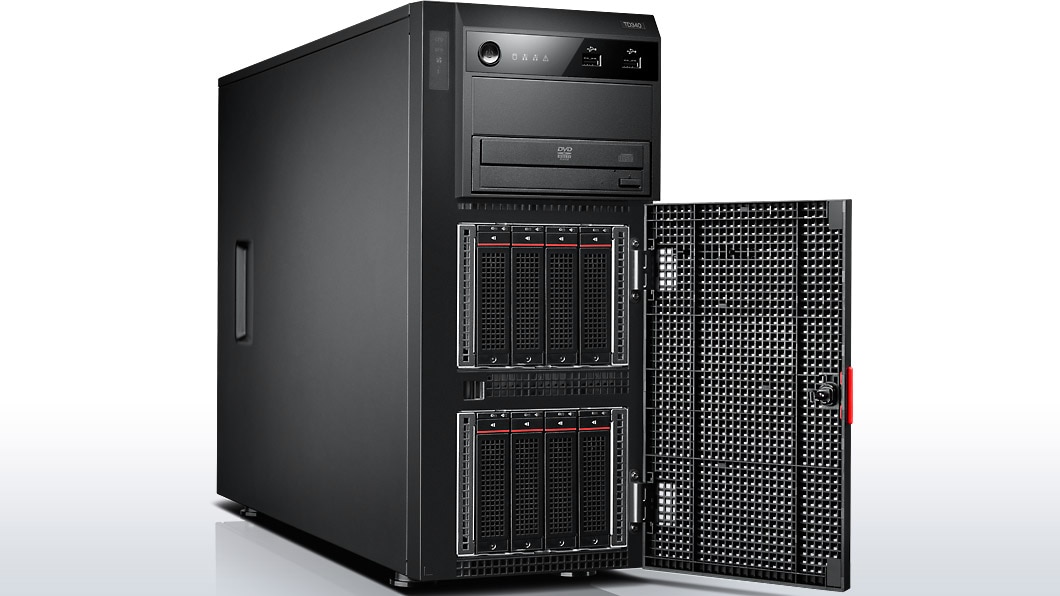
Tower servers, despite their advantages, also have some drawbacks that might make them less suitable for certain applications. These disadvantages are primarily related to their physical footprint, power consumption, and scalability compared to rack servers.
Physical Footprint and Space Requirements, Tower server
Tower servers, due to their upright design, occupy a significant amount of floor space. This can be a major issue in environments with limited space, such as small offices or data centers with high server density. The footprint of a tower server can be several times larger than that of a rack-mounted server, making efficient utilization of space a challenge.
Power Consumption and Heat Dissipation
Tower servers typically consume more power than rack servers, primarily because of their less efficient cooling systems. They often rely on internal fans for cooling, which can be noisy and inefficient. This increased power consumption translates to higher energy costs and can also lead to heat build-up within the server, potentially affecting its performance and lifespan.
Scalability and Upgradability
Scaling up a tower server infrastructure can be challenging and expensive. Adding more servers requires additional floor space and power outlets, and upgrading components might require significant downtime. In contrast, rack servers offer greater flexibility in terms of scalability and upgradability, as they can be easily added to or removed from a rack without disrupting other servers.
Limited Connectivity Options
Tower servers often have fewer connectivity options compared to rack servers. They typically have a limited number of network ports and expansion slots, which can limit their ability to connect to multiple devices or networks. Rack servers, on the other hand, can be equipped with multiple network interfaces, expansion cards, and other peripherals, providing greater flexibility and connectivity options.
Noise Levels
Tower servers can be significantly louder than rack servers due to their reliance on internal fans for cooling. This noise can be disruptive in office environments or other sensitive spaces, making them less suitable for deployments where noise levels are a concern.
Tower Server Applications
Tower servers are versatile and adaptable, making them suitable for a wide range of applications across various industries. These servers can be found in diverse environments, from small businesses to large enterprises, fulfilling specific needs and contributing to overall operational efficiency.
Applications in Different Industries
Tower servers are widely used in various industries, each with unique requirements and benefits. Here are some examples:
- Small and Medium Businesses (SMBs): Tower servers are a cost-effective solution for SMBs, providing a centralized platform for data storage, file sharing, and email services. Their compact size and ease of management make them ideal for small offices with limited space and IT expertise.
- Education: Educational institutions rely on tower servers for various purposes, including student information systems, online learning platforms, and research data storage. Their reliability and scalability ensure smooth operation and efficient data management.
- Healthcare: Healthcare providers utilize tower servers for electronic health records (EHR), patient management systems, and medical imaging storage. The robust security features of tower servers protect sensitive patient data, ensuring compliance with regulations.
- Finance: Financial institutions use tower servers for critical applications such as trading platforms, financial analysis tools, and customer relationship management (CRM) systems. Their high performance and reliability are essential for handling large volumes of data and transactions.
- Manufacturing: Manufacturing companies leverage tower servers for production control systems, inventory management, and data analysis. Their scalability and ability to handle demanding workloads contribute to optimized production processes.
Benefits of Tower Servers in Specific Applications
Tower servers offer several benefits in different applications:
- Cost-effectiveness: Compared to rack-mounted servers, tower servers are generally more affordable, making them an attractive option for budget-conscious businesses.
- Ease of Management: Their compact size and user-friendly interface make tower servers easy to manage and maintain, even for individuals with limited IT experience.
- Scalability: Tower servers can be easily upgraded with additional components, such as more RAM, storage, or processing power, as the business grows.
- Reliability: Tower servers are designed for continuous operation and are often equipped with redundant components, ensuring high uptime and data availability.
- Security: Tower servers offer robust security features, including firewalls, intrusion detection systems, and data encryption, to protect sensitive information.
Examples of Successful Tower Server Implementations
- Small Business: A local bakery used a tower server to manage its inventory, customer orders, and online ordering system. The server’s reliability and ease of use allowed the bakery to streamline its operations and improve customer service.
- Educational Institution: A university implemented a tower server to host its student information system, providing students with access to their academic records, course schedules, and financial aid information. The server’s scalability ensured that it could handle the increasing number of students and data requests.
- Healthcare Provider: A small clinic deployed a tower server to store patient medical records, manage appointments, and facilitate electronic prescriptions. The server’s security features protected sensitive patient data, ensuring compliance with HIPAA regulations.
Tower Server Configuration
Tower servers, despite their physical presence, are quite adaptable in terms of configuration. This means you can tailor them to meet specific needs, whether it’s for a small business or a large enterprise.
Configuration Options
Tower servers offer a wide array of configuration options to optimize performance and meet specific needs.
- Processor: The choice of processor (CPU) directly impacts the server’s processing power. You can choose from different manufacturers like Intel or AMD, each offering various core counts, clock speeds, and cache sizes. For demanding tasks like running databases or virtualization, opting for a higher core count and clock speed is crucial.
- Memory: RAM (Random Access Memory) is essential for server performance. The amount of RAM you need depends on the workload. For example, a server running multiple virtual machines requires more RAM than a server used for basic web hosting. DDR4 and DDR5 are the most common RAM types, with DDR5 offering faster speeds.
- Storage: Tower servers offer a variety of storage options, including hard disk drives (HDDs), solid-state drives (SSDs), and network-attached storage (NAS). HDDs are typically cheaper but slower, while SSDs offer faster read and write speeds, crucial for applications demanding quick access to data. NAS allows for centralized storage and access to data across multiple devices.
- Network Interface Cards (NICs): NICs are responsible for connecting the server to the network. You can choose from different speeds, including Gigabit Ethernet, 10 Gigabit Ethernet, and even faster options. For servers handling heavy network traffic, multiple NICs can be used to improve network performance.
- Operating System: The operating system (OS) forms the foundation for the server. Popular choices include Windows Server, Linux distributions (like Ubuntu or CentOS), and macOS Server. The choice depends on the applications you intend to run and the overall environment.
- Software: The software you install on the server depends on its intended purpose. This can include web servers (like Apache or Nginx), database management systems (like MySQL or PostgreSQL), virtualization software (like VMware or Hyper-V), and other applications.
Basic Tower Server Configuration Guide
Configuring a basic tower server involves a series of steps:
- Hardware Installation: Start by assembling the server hardware, including the motherboard, processor, RAM, storage drives, and other components. Refer to the motherboard’s manual for specific installation instructions.
- Operating System Installation: Install the desired operating system onto the server. This typically involves booting from a USB drive or DVD containing the OS installation files. Follow the on-screen instructions to complete the installation process.
- Network Configuration: Configure the network settings, including the IP address, subnet mask, and gateway. This will allow the server to connect to the network and access the internet.
- Software Installation: Install the necessary software applications, such as web servers, database management systems, or virtualization software. You can install these applications using the operating system’s package manager or by downloading and installing them manually.
- Security Configuration: Configure security settings to protect the server from unauthorized access. This includes setting strong passwords, enabling firewalls, and installing antivirus software.
- Monitoring and Management: Set up monitoring tools to track the server’s performance, resource utilization, and system health. Use remote management tools to access and manage the server from a different location.
Tower Server Maintenance
Tower servers, like any other complex machinery, require regular maintenance to ensure optimal performance and longevity. Neglecting routine maintenance can lead to performance degradation, system instability, and even hardware failure. This section Artikels essential maintenance practices and a checklist of common tasks to keep your tower server running smoothly.
Importance of Regular Maintenance
Regular maintenance is crucial for several reasons:
- Improved Performance: Cleaning dust, optimizing software, and updating drivers can significantly enhance performance and reduce bottlenecks.
- Increased Lifespan: Maintaining optimal operating conditions and addressing potential issues early on can extend the life of your server hardware.
- Reduced Downtime: Proactive maintenance helps prevent unexpected failures and downtime, ensuring continuous operation.
- Enhanced Security: Regular security updates and patch installations are essential to protect your server from vulnerabilities and cyber threats.
Common Maintenance Tasks
Here’s a checklist of common maintenance tasks to perform regularly:
- Dust Removal: Dust accumulation can hinder airflow and lead to overheating. Regularly clean the server’s internal components with compressed air or a soft brush.
- Temperature Monitoring: Monitor server temperature to ensure it stays within the manufacturer’s recommended range. If overheating is detected, investigate potential causes and implement corrective measures.
- Hardware Inspection: Regularly inspect all hardware components, including fans, power supplies, and hard drives, for signs of wear and tear. Replace any faulty components promptly.
- Software Updates: Keep the operating system, applications, and firmware up to date with the latest security patches and bug fixes.
- Disk Space Management: Regularly monitor disk space usage and delete unnecessary files to prevent disk space exhaustion.
- Backup and Recovery: Implement a comprehensive backup strategy and regularly test your recovery procedures to ensure data integrity and recoverability.
- Security Audits: Conduct regular security audits to identify and address vulnerabilities.
- Log Analysis: Monitor server logs for errors, warnings, and suspicious activities. Analyze log data to identify potential problems and address them promptly.
Tower Server Trends
Tower servers, while often considered a traditional technology, are still evolving to meet the changing needs of businesses. The industry is seeing several key trends that are shaping the future of tower servers, impacting their applications and performance.
Energy Efficiency
Energy efficiency is a critical concern for businesses, and tower servers are no exception. As businesses seek to reduce their environmental impact and operating costs, energy-efficient tower servers are becoming increasingly popular.
- Manufacturers are implementing power-saving features like automatic power-down modes and efficient cooling systems.
- New processors and chipsets are designed with power consumption in mind, leading to significant reductions in energy usage.
- Server virtualization, a technique that allows multiple virtual servers to run on a single physical server, can also contribute to energy efficiency by reducing the number of physical servers needed.
Increased Processing Power
The demand for processing power is constantly growing, driven by the increasing complexity of applications and the rise of data-intensive workloads. Tower servers are responding to this trend with advancements in processor technology and memory capabilities.
- Multi-core processors, which offer multiple processing units on a single chip, are becoming increasingly common, allowing for faster processing speeds.
- Larger memory capacities and faster memory speeds are enabling tower servers to handle more data and run more demanding applications.
- The adoption of NVMe drives, which offer significantly faster data transfer speeds than traditional hard drives, is also contributing to increased performance.
Enhanced Security
As cyberattacks become more sophisticated, businesses are prioritizing security. Tower servers are incorporating advanced security features to protect sensitive data.
- Hardware-based security features, such as Trusted Platform Modules (TPMs), are being integrated into tower servers to provide a higher level of protection against unauthorized access.
- Server manufacturers are developing innovative security solutions, such as encrypted storage and secure boot, to prevent data breaches.
- Tower servers are also benefiting from advancements in software security, including intrusion detection and prevention systems, and malware detection tools.
Integration with Cloud Technologies
The rise of cloud computing has significantly impacted the server landscape. Tower servers are increasingly being integrated with cloud technologies to offer hybrid solutions.
- Tower servers can be used as on-premises resources for cloud-based applications, providing a balance between the benefits of the cloud and the security and control of on-premises infrastructure.
- Tower servers can also be used to connect to cloud services, providing access to cloud-based storage, compute resources, and other services.
- This integration allows businesses to leverage the flexibility and scalability of the cloud while maintaining a level of control over their data and applications.
Edge Computing
The increasing demand for real-time data processing and low latency applications has led to the rise of edge computing. Tower servers are well-suited for edge computing deployments due to their compact size and flexibility.
- Tower servers can be deployed in remote locations, such as retail stores, factories, and healthcare facilities, to process data locally, reducing latency and improving performance.
- Edge computing with tower servers can also enable new applications, such as real-time analytics, machine learning, and IoT (Internet of Things) deployments.
Tower Server Future
The future of tower servers is intertwined with the ever-evolving technology landscape. As data centers continue to evolve and cloud computing gains traction, the role of tower servers might seem to be diminishing. However, these servers still hold a significant position in various sectors and are expected to adapt and evolve to meet future needs.
Potential Advancements and Innovations
The future of tower servers is likely to be shaped by advancements in hardware and software technologies. Here are some potential advancements and innovations that could significantly impact tower servers:
- Increased Processing Power: Tower servers are likely to benefit from advancements in processor technology, such as the development of more powerful CPUs and GPUs. This will enable them to handle more demanding workloads, including those involving artificial intelligence (AI) and machine learning (ML).
- Enhanced Memory Capabilities: With the emergence of faster and more efficient memory technologies, tower servers will be able to store and access data more quickly. This is particularly crucial for applications requiring high-speed data processing, such as real-time analytics and gaming.
- Improved Energy Efficiency: As sustainability becomes increasingly important, tower servers are expected to incorporate more energy-efficient components and designs. This will help reduce their environmental impact and lower operating costs.
- Advanced Networking Capabilities: With the growth of high-speed networking technologies like 5G and Wi-Fi 6, tower servers will be able to connect to networks with greater speed and reliability. This will enable them to handle data-intensive tasks and support applications that require real-time communication.
- Software Enhancements: The software landscape surrounding tower servers is also evolving. Operating systems, virtualization platforms, and management tools are constantly being updated to improve performance, security, and ease of use. These enhancements will make tower servers more efficient and easier to manage.
Adapting to Future Needs
Tower servers will need to adapt to meet the changing needs of businesses and individuals. Here are some ways they might evolve:
- Edge Computing: As the demand for low-latency applications and services grows, tower servers are likely to play a more prominent role in edge computing. This will involve deploying servers closer to users, reducing network latency and improving performance.
- Hybrid Cloud Solutions: Tower servers can complement cloud-based solutions by providing a more cost-effective and secure option for certain workloads. Hybrid cloud deployments will allow businesses to leverage the benefits of both cloud and on-premises infrastructure.
- Specialized Applications: Tower servers are well-suited for specialized applications, such as gaming, video editing, and scientific research. As these applications become more demanding, tower servers will need to offer higher processing power, specialized hardware, and improved performance.
- Focus on Security: Security is paramount in the digital age. Tower servers will need to incorporate robust security measures to protect sensitive data from cyber threats. This could involve implementing advanced firewalls, intrusion detection systems, and data encryption technologies.
Conclusion
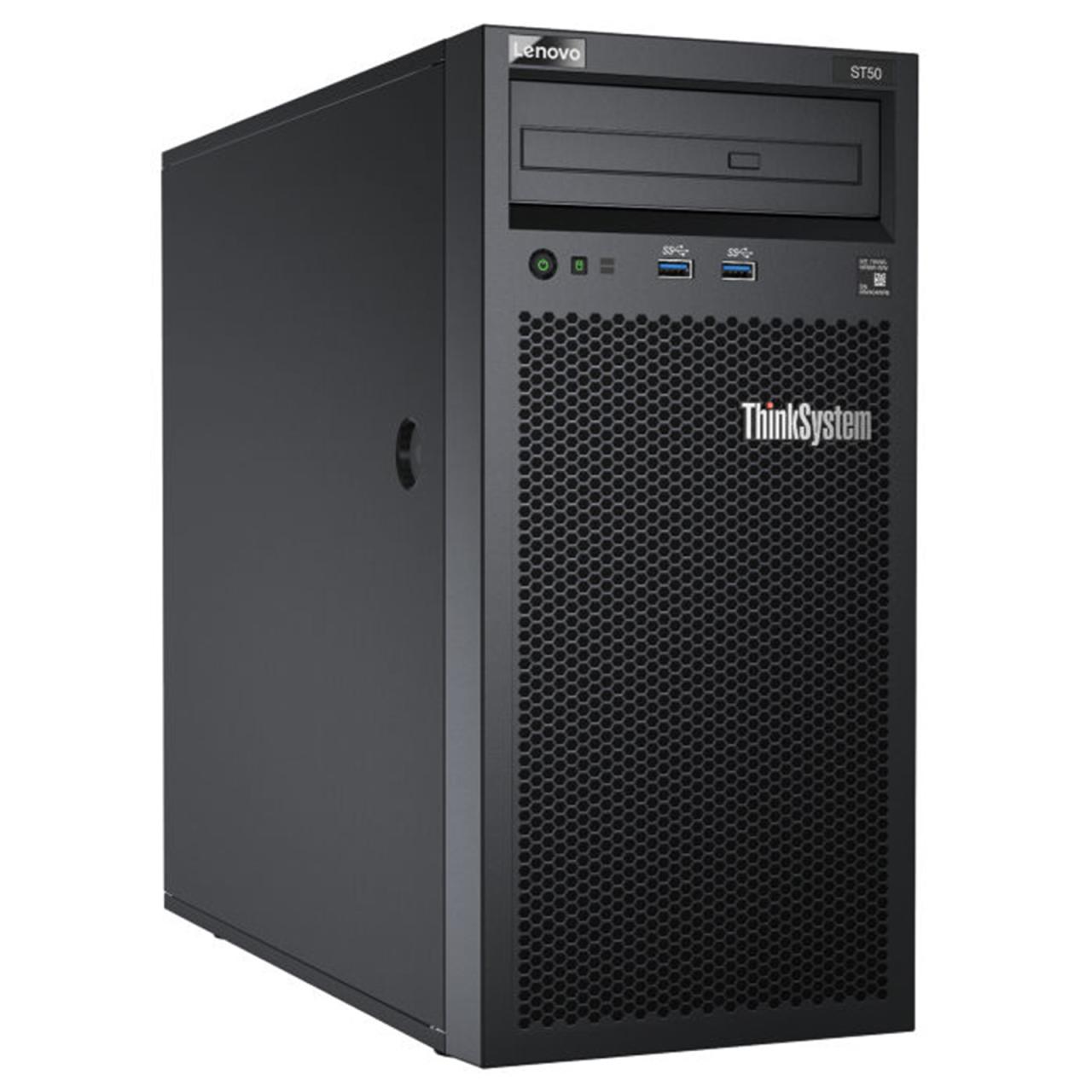
Tower servers, with their unique blend of accessibility, power, and affordability, remain a valuable asset in the ever-evolving technology landscape. As businesses and individuals navigate the complexities of data management and computational demands, tower servers continue to offer a practical and reliable solution. Whether you’re a small business owner seeking a centralized server for your operations or an individual looking to manage a home network, understanding the advantages and limitations of tower servers is crucial for making informed decisions.
Tower servers, with their robust hardware and ample storage space, are ideal for businesses needing reliable performance. While their physical presence might not be as visually appealing as a sleek desktop, you can add a touch of springtime cheer to your server room by incorporating some DIY Easter decorations.
A few strategically placed bunny-themed crafts or vibrant spring flowers can bring a bit of whimsy to the otherwise utilitarian space, reminding everyone of the season’s renewal.

